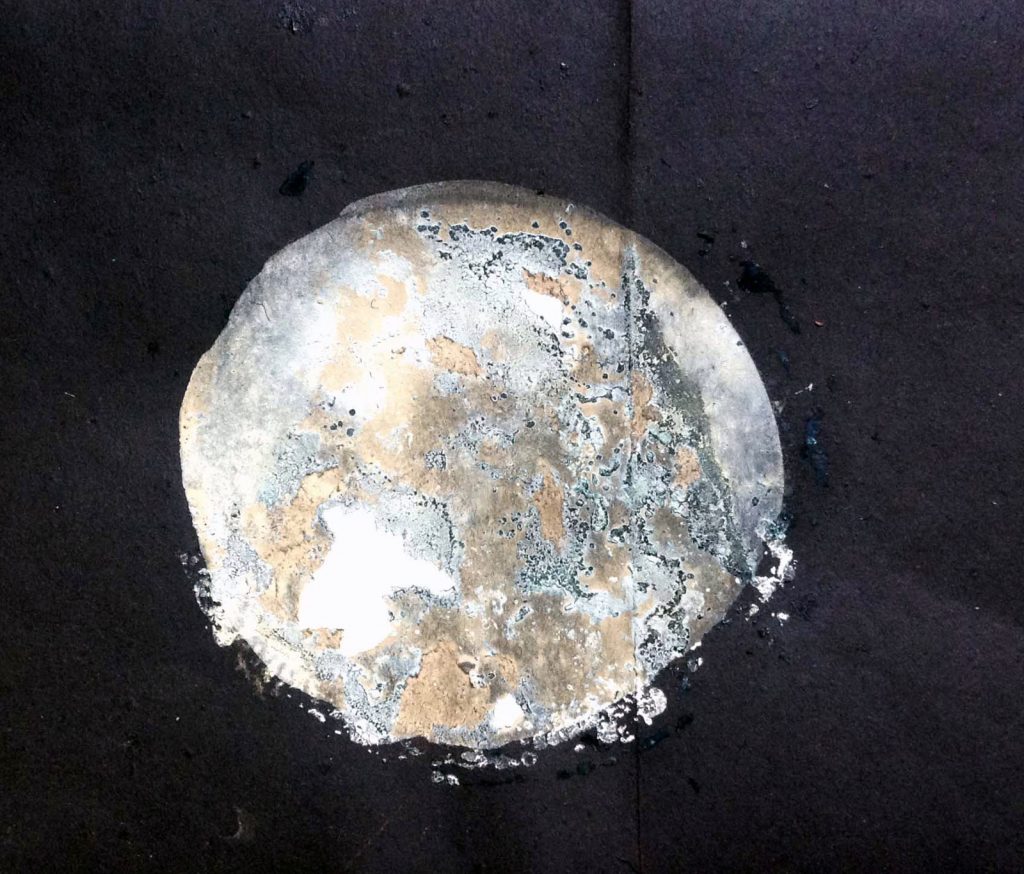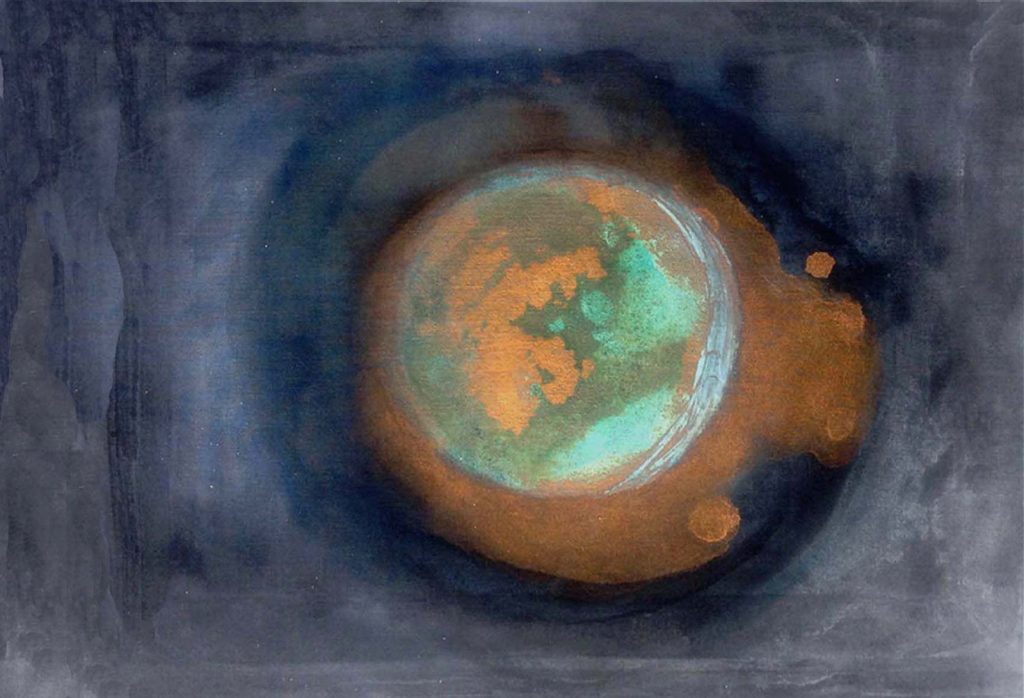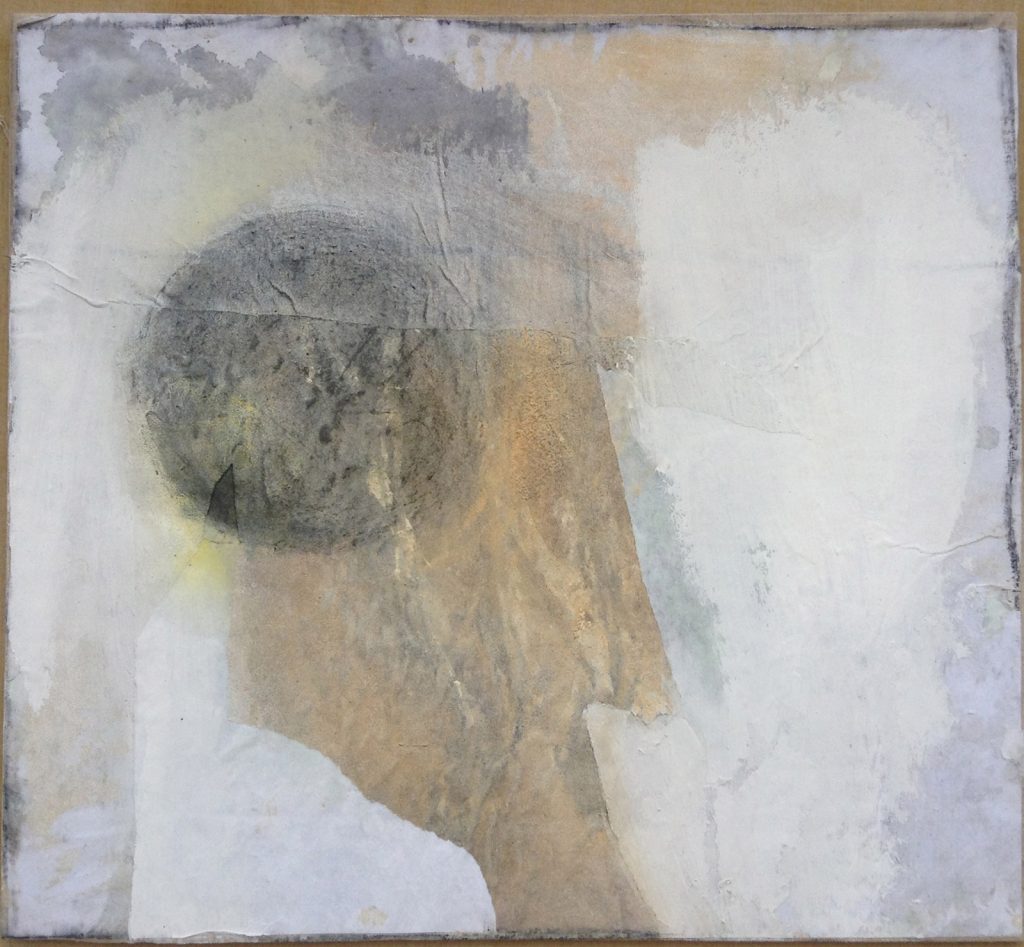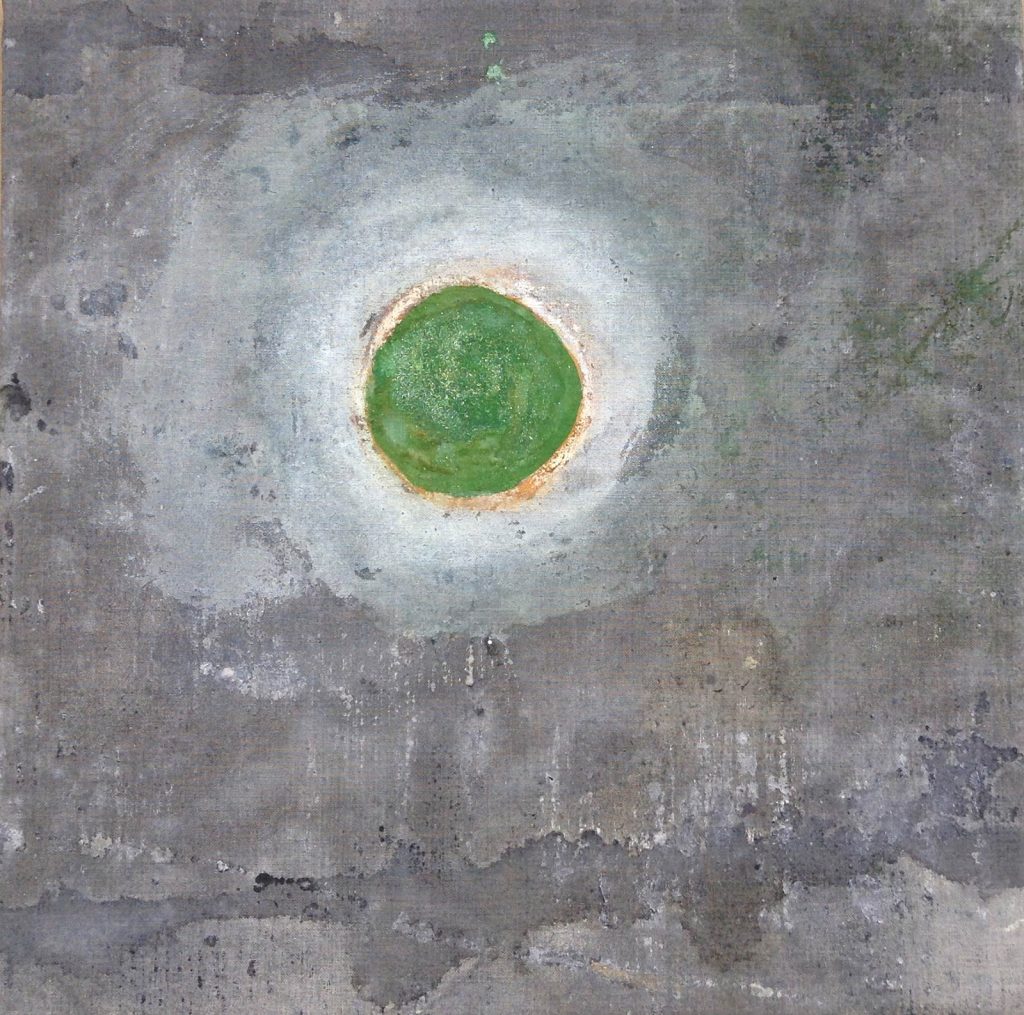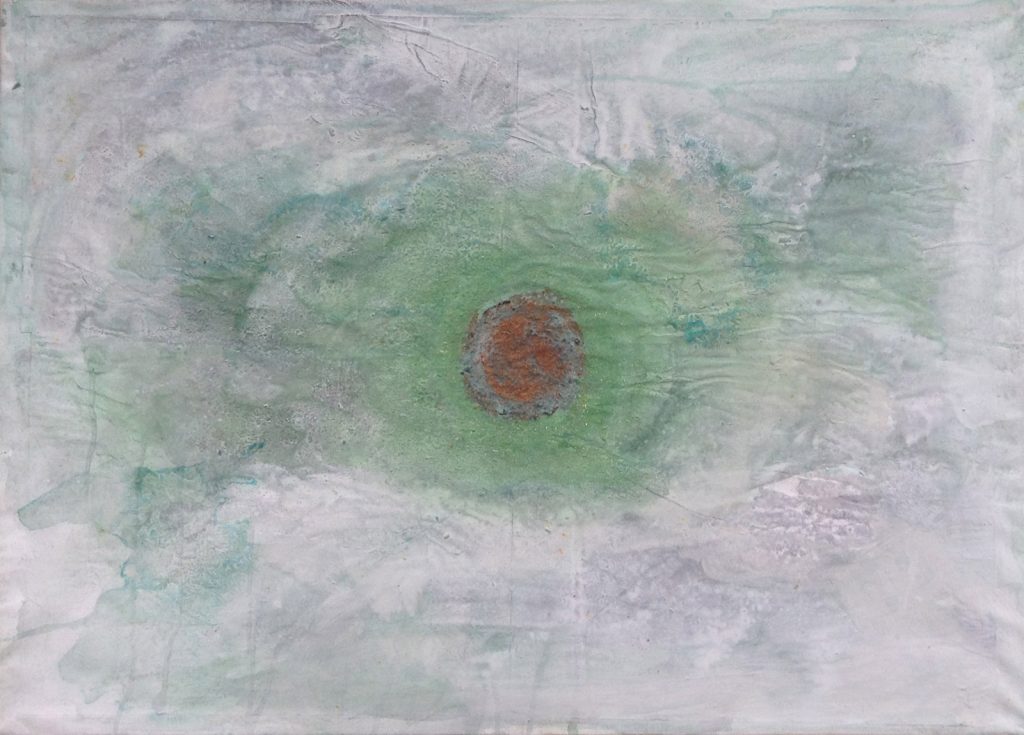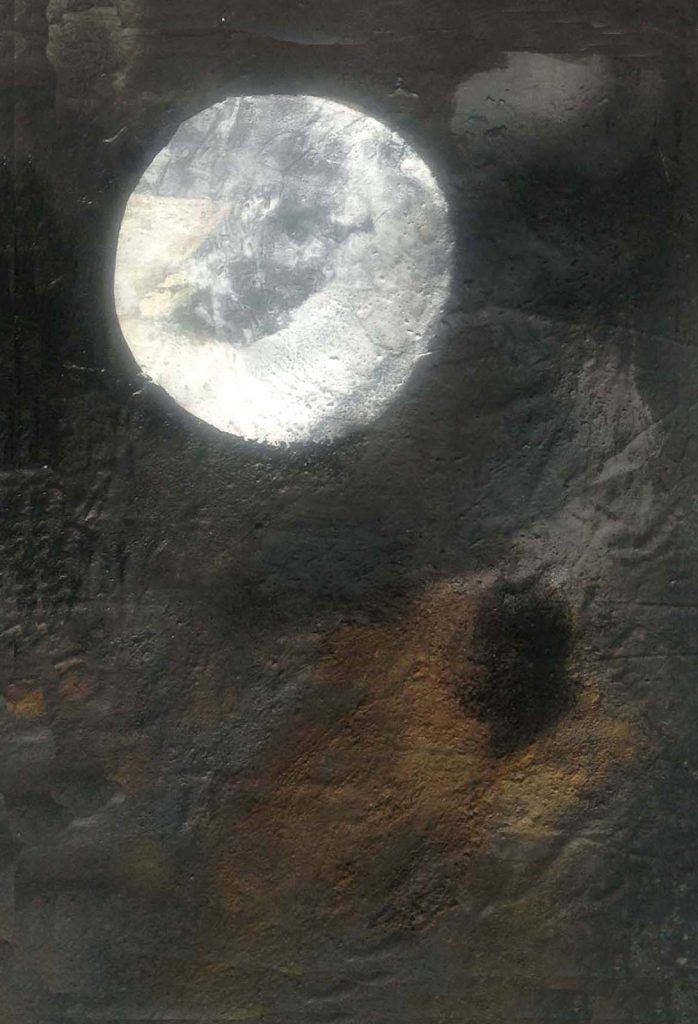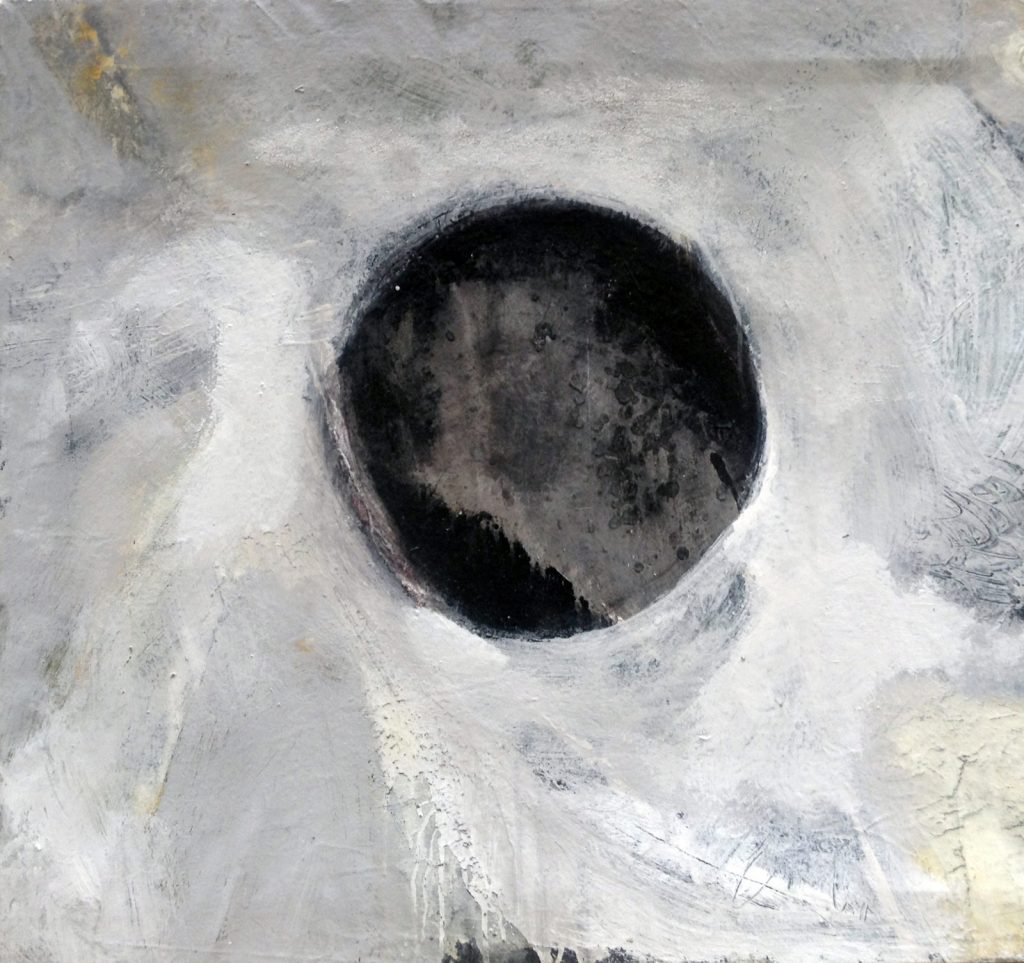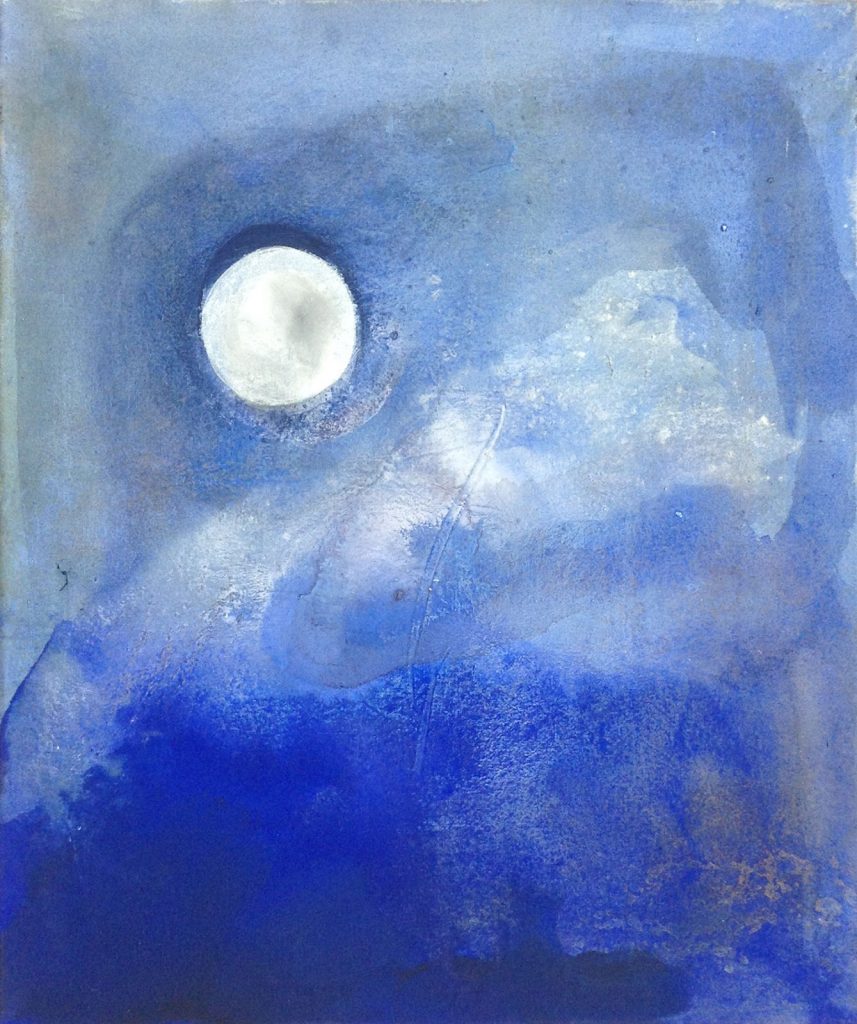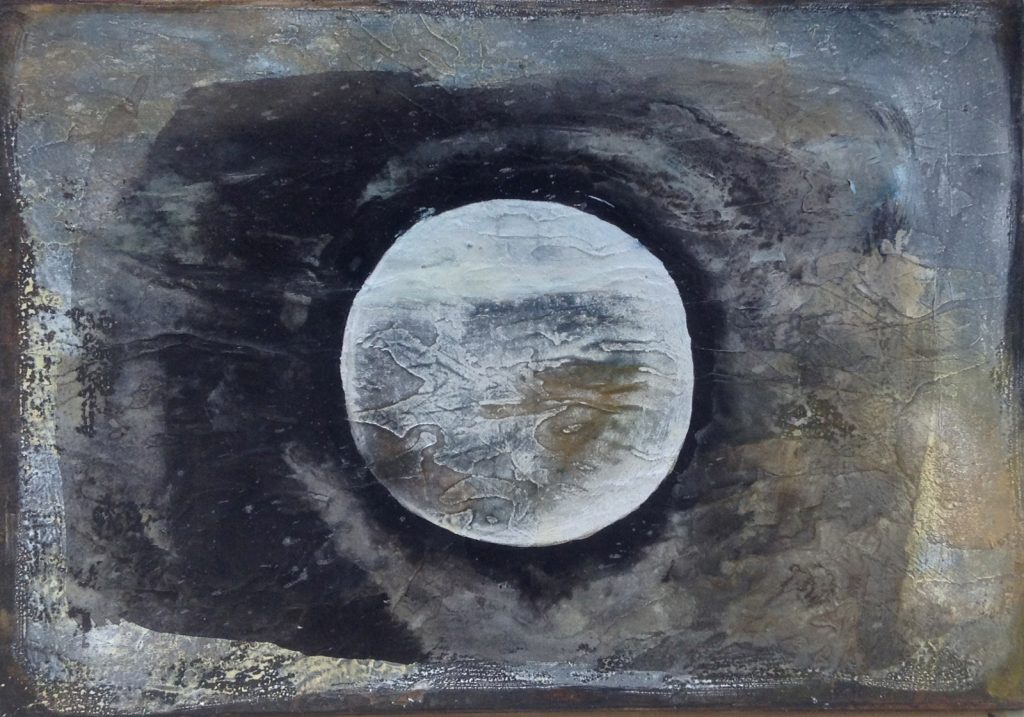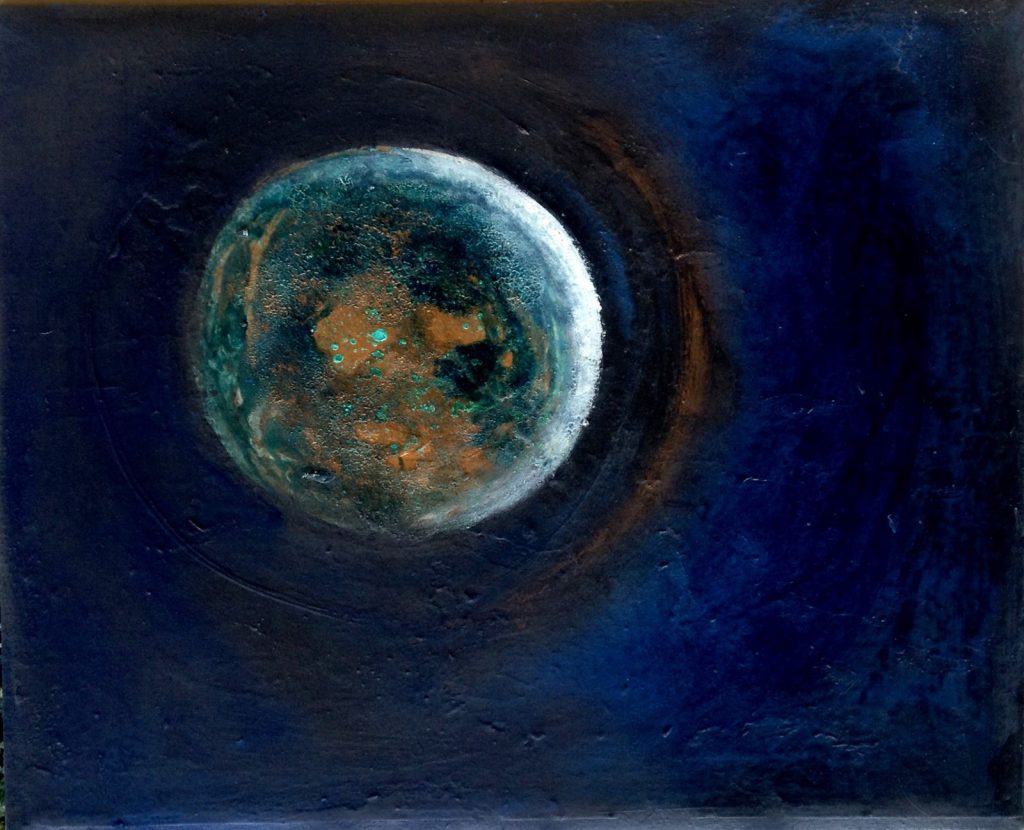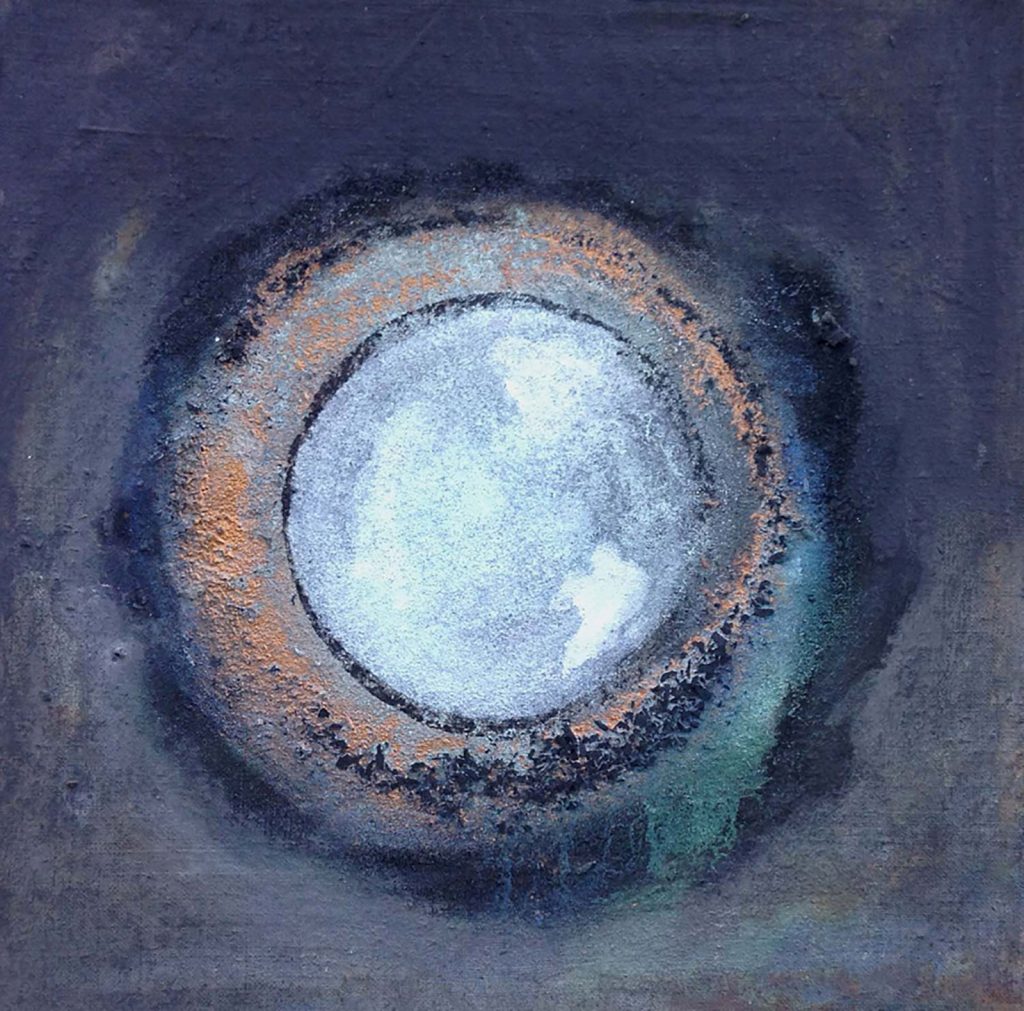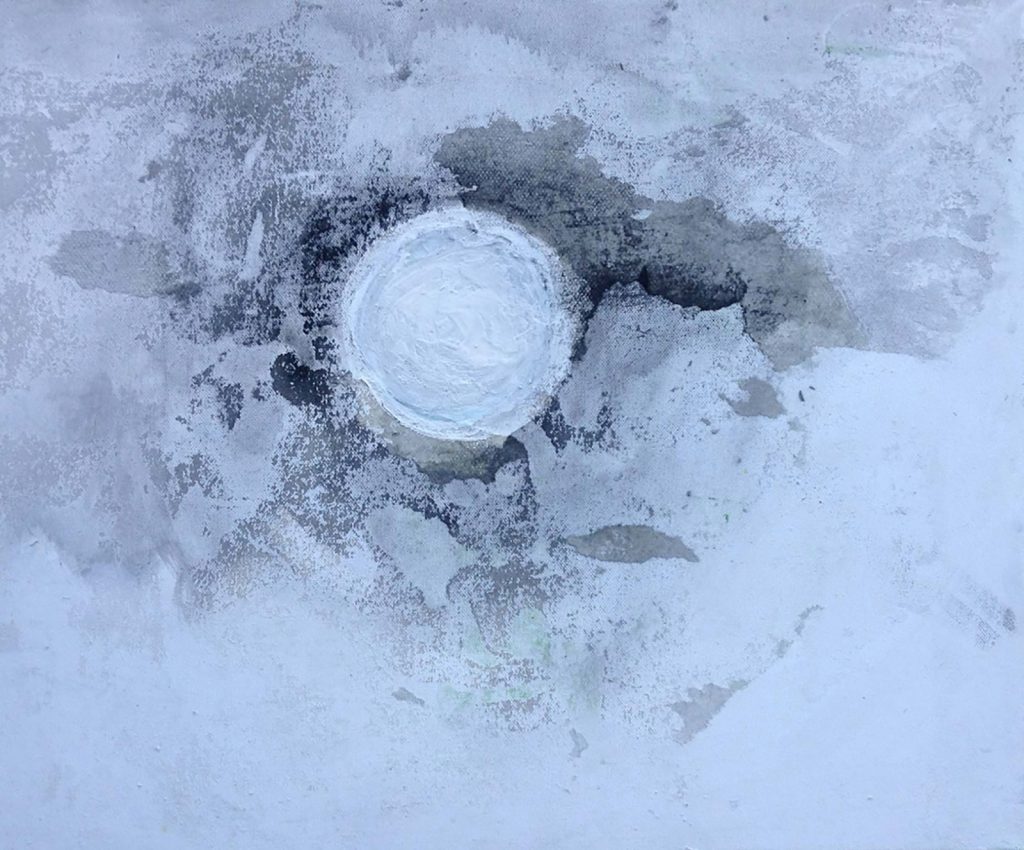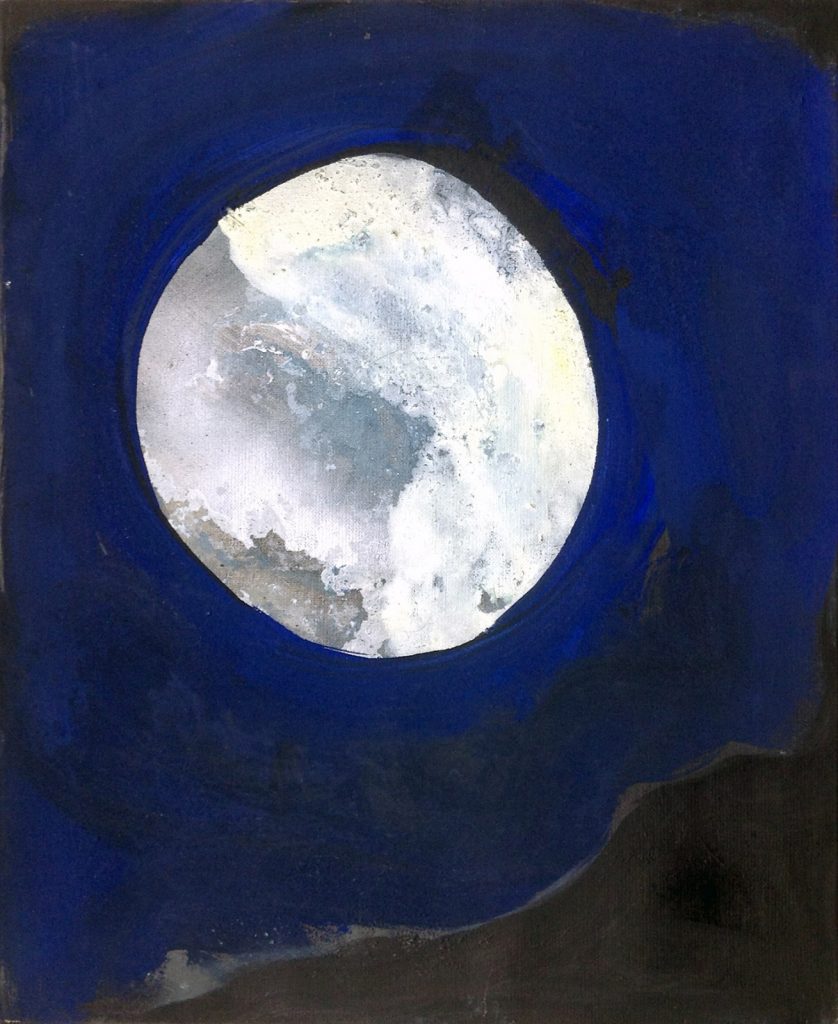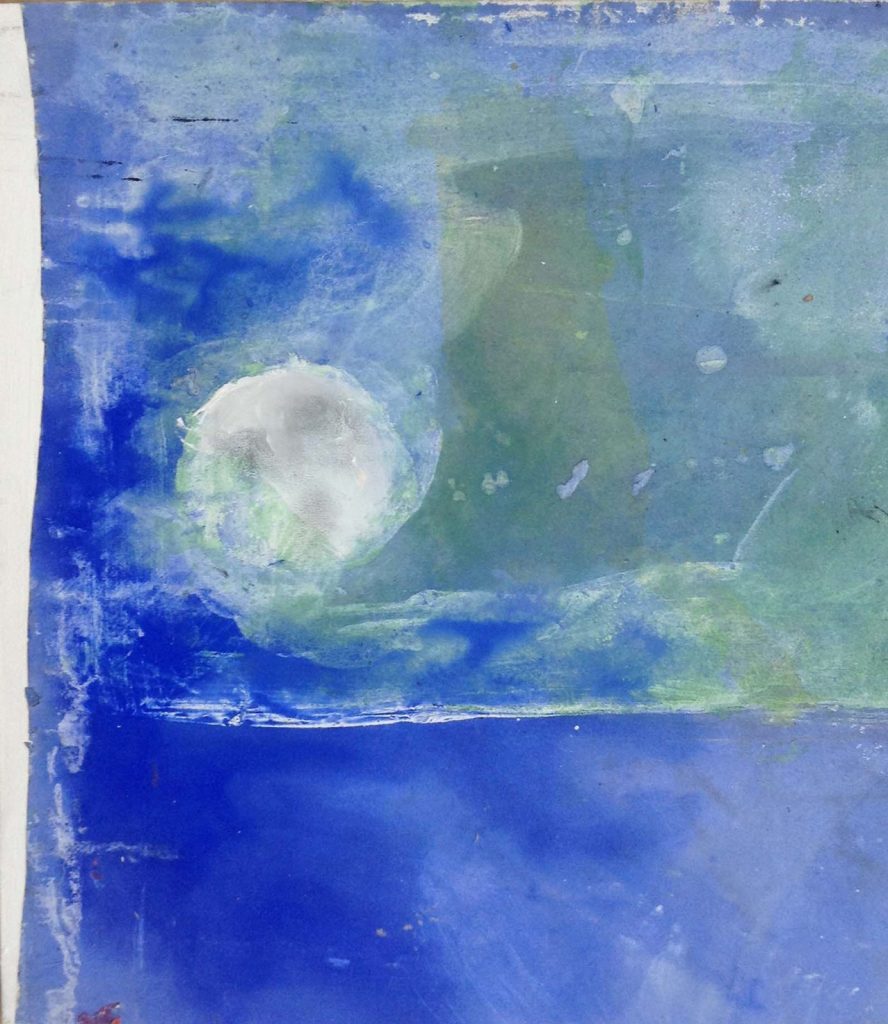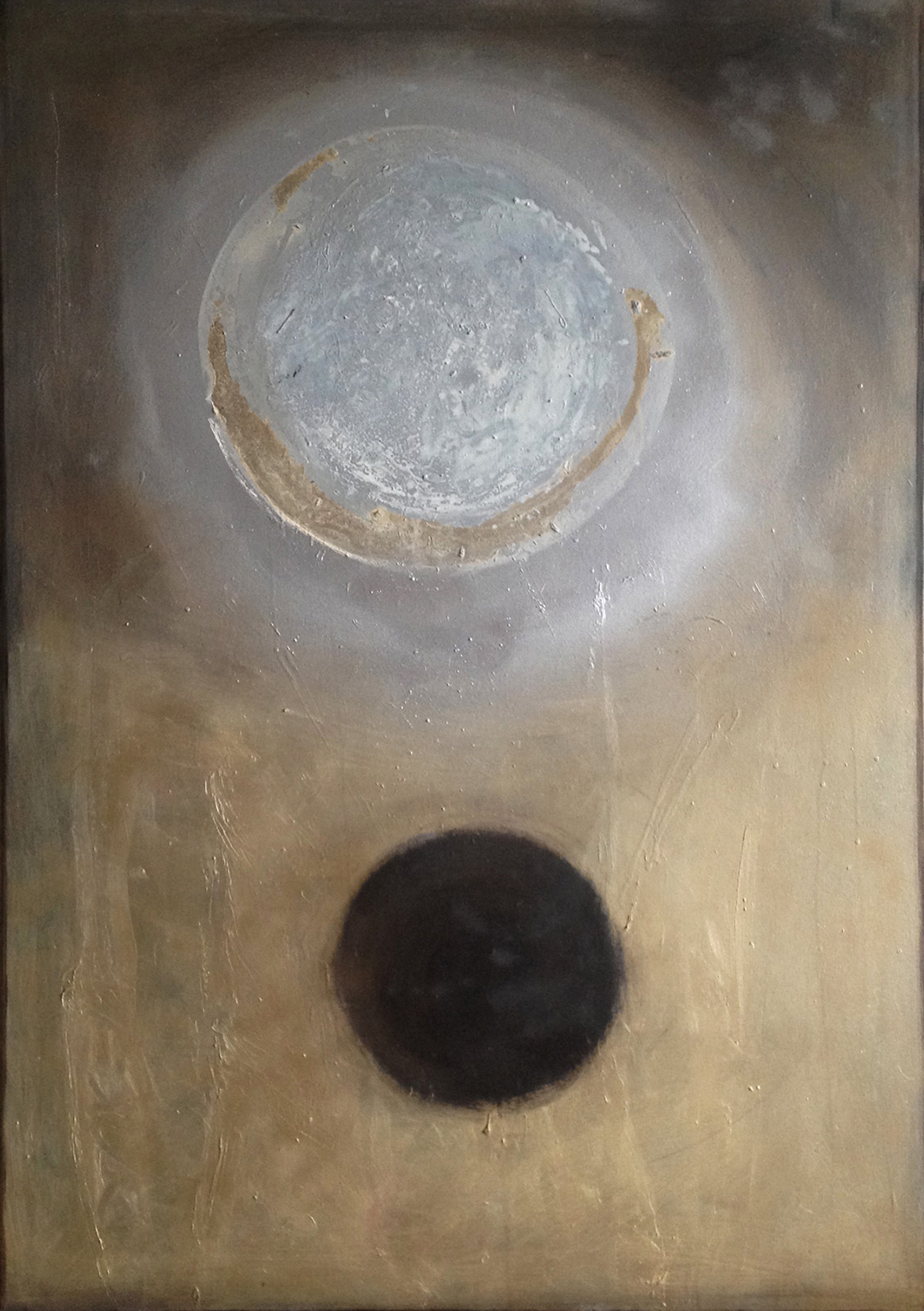
On show a selection of Margareth Dorigatti’s latest work entitled Luna/Mond (Moon).
In bygone exhibitions, Dorigatti has investigated her own personal referential worlds, invoking archetypes that are familiar even to those who have not had the opportunity, or indeed the courage, to look with their own eyes.
With “Luna/Mond”, however, she focuses her attention on something that exercises a primordial and ineluctable influence on each one of us throughout our lives; or rather from the stage that precedes birth to the unstable state that follows death, from conception to decomposition. In heeding the Moon we find ourselves involved in an alchemical process in constant evolution. As ancient cultures knew, awareness of the moon enriches understanding, aids the art of interpretation and directs the recognition of recondite causes.
As Kate Singleton underscores in the critical essay that accompanies the exhibit, “Margareth Dorigatti was born in the wake of a full moon, a few hours after a lunar eclipse. Her fate thus comprises unusual alignments, meaningful conjunctions, and the recomposition of contrary elements dear to alchemists and astronomers. Little wonder that her paintings draw us into a powerful firmament, a dreamlike universe that is also dramatically real: the source and crucible of memories that are intimate and elusive, but also curiously familiar.”
Painting for Margareth Dorigatti is a way of delving deep into experience, of bringing what is hidden to the fore so that it can be shared with observers. The artist adopts and manipulates colour to reveal the most elusive aspects of occurrence and memory, recalling distant resonance and the faintest echo of the past. And we, who view these works in our different ways, follow her suggestion and respond to her invitation to penetrate the arcane extremes of consciousness, the archaeology of the soul.
Selected works
Gallery
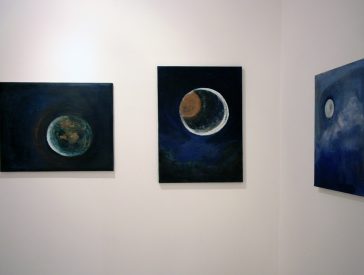
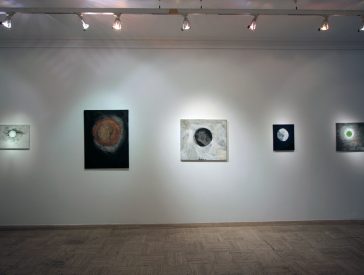
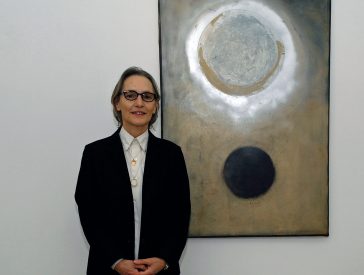
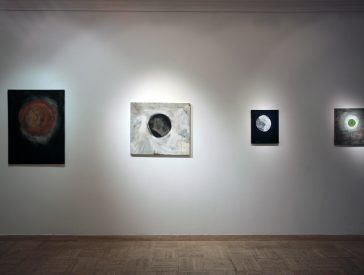
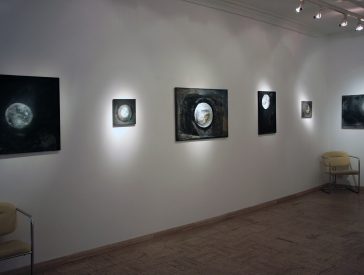
Critical essay
Luna/Mond
by Kate Singleton
Painting for Margareth Dorigatti is a way of delving deep into experience, of bringing what is hidden to the fore so that it can be shared with observers. The artist adopts and manipulates colour to reveal the most elusive aspects of occurrence and memory, recalling distant resonance and the faintest echo of the past. And we, who view these works in our different ways, follow her suggestion and respond to her invitation to penetrate the arcane extremes of consciousness, the archaeology of the soul.
In bygone exhibitions, Dorigatti has investigated her own personal referential worlds, invoking archetypes that are familiar even to those who have not had the opportunity, or indeed the courage, to look with their own eyes. The comforting, fluid embrace of two small lakes, for example (“Lago/See”, 2011), or the transcendent suffering of the female Saints who dared to speak their minds (“Rubra”, 2012), or the menacing undertone and implications of a poem learned in childhood ( “Erlkönig”, 2014).
With “Luna/Mond”, however, she focuses her attention on something that exercises a primordial and ineluctable influence on each one of us throughout our lives; or rather from the stage that precedes birth to the unstable state that follows death, from conception to decomposition. In heeding the Moon we find ourselves involved in an alchemical process in constant evolution. As ancient cultures knew, awareness of the moon enriches understanding, aids the art of interpretation and directs the recognition of recondite causes.
The moon is a pervasive presence, sharing its etymological origin in English with the word ‘month’. The Italian ‘luna‘ derives from the Latin term for moon, which in its turn provides us with the expression ‘lunatic‘, designating someone so influenced by the moon as to forego reason. From the same source comes the German ‘Laune‘, which broadens the concept to embrace not only temperament and atmosphere, but also the fantasy and caprice that pertain to creativity. Margareth Dorigatti was born in the wake of a full moon, a few hours after a lunar eclipse. Her fate thus comprises unusual alignments, meaningful conjunctions, and the recomposition of contrary elements dear to alchemists and astronomers. Little wonder that her paintings draw us into a powerful firmament, a dreamlike universe that is also dramatically real: the source and crucible of memories that are intimate and elusive, but also curiously familiar.


